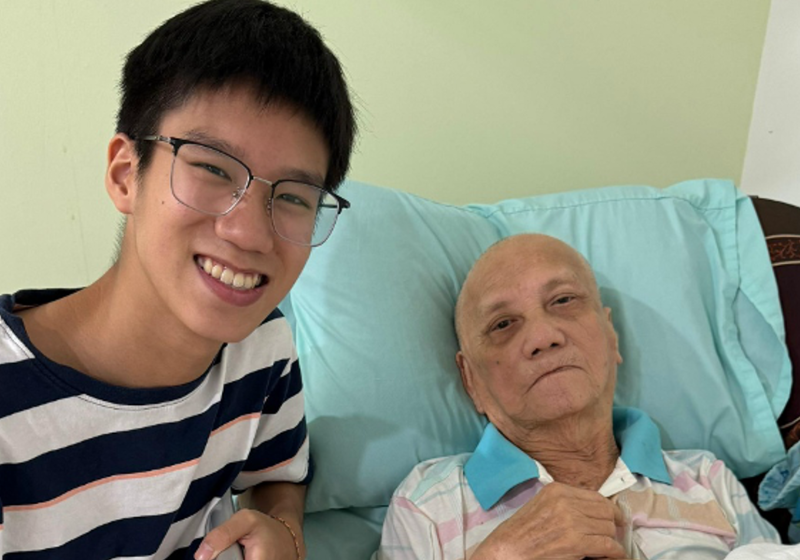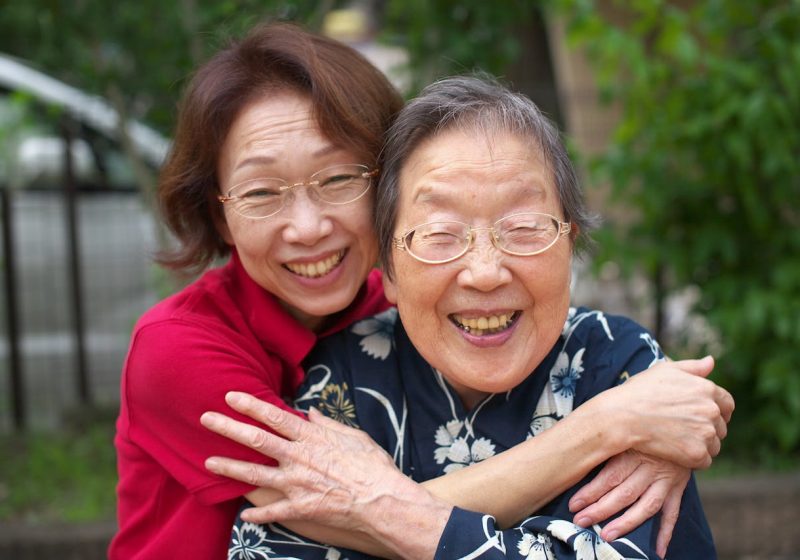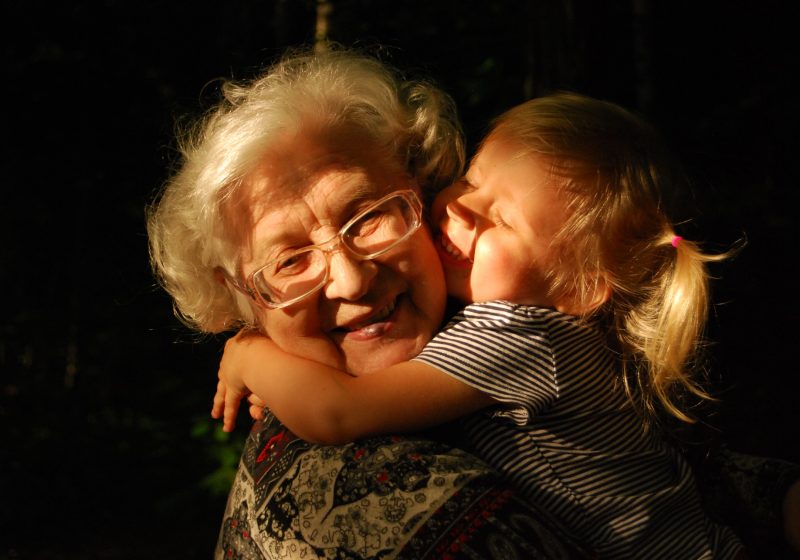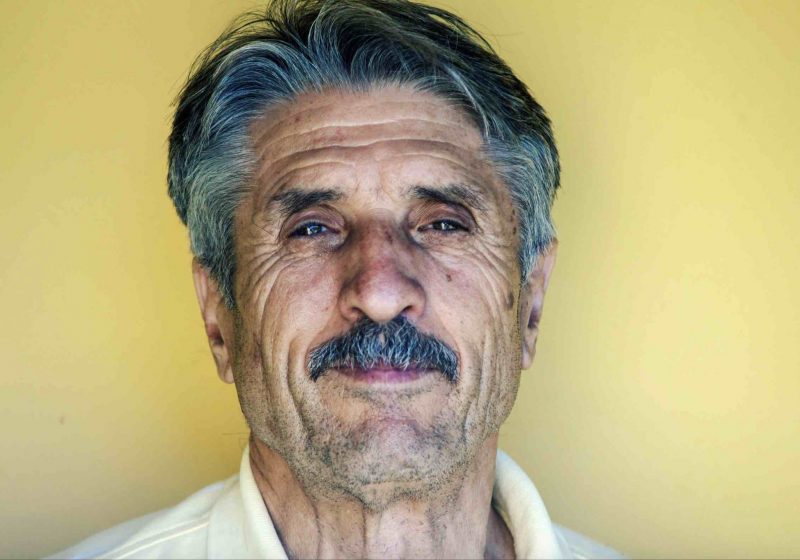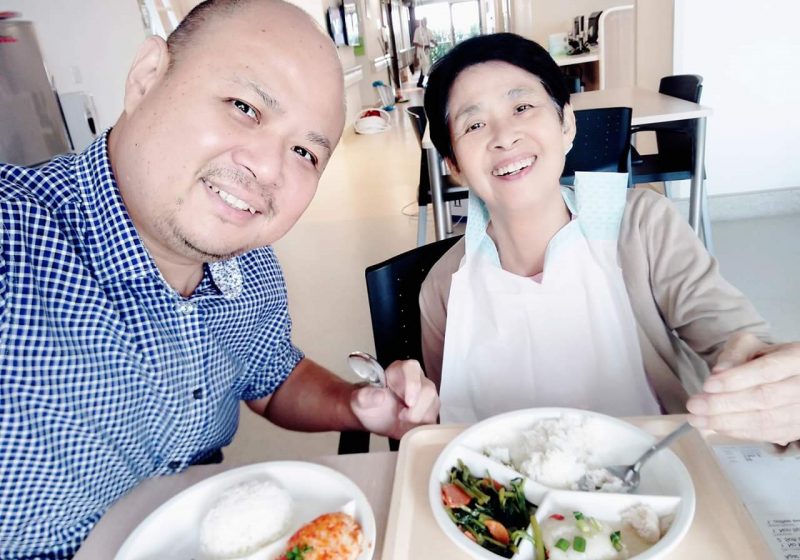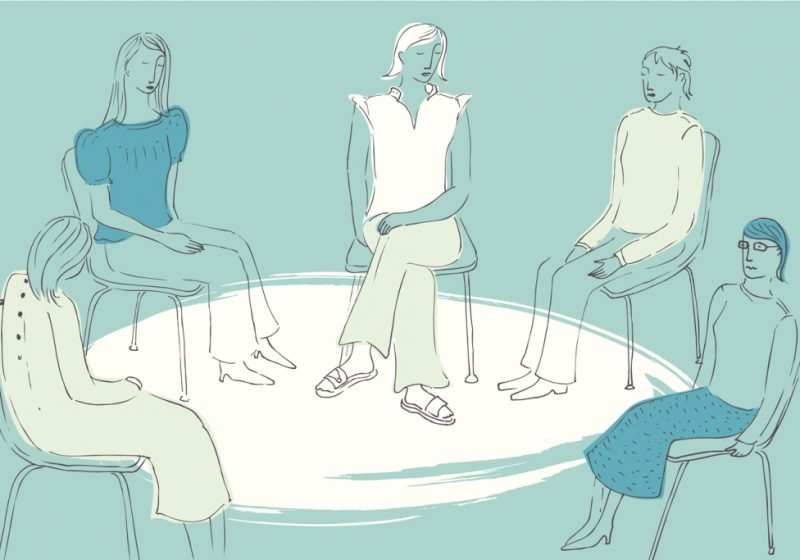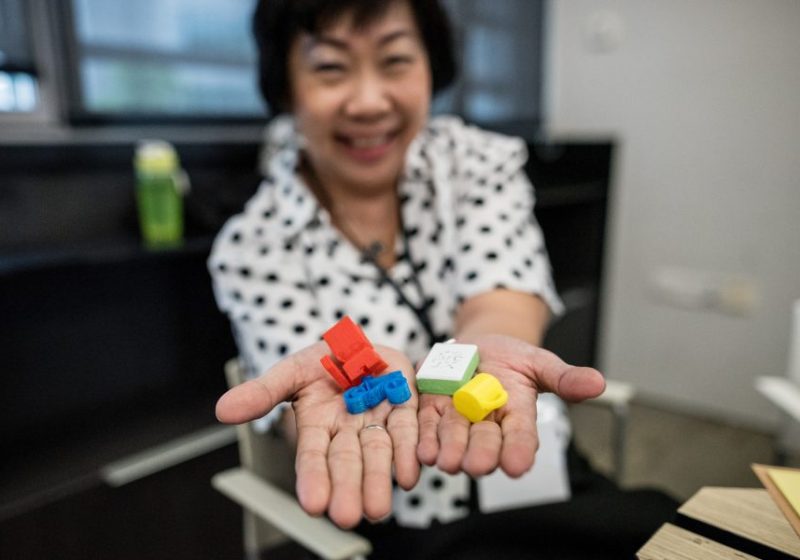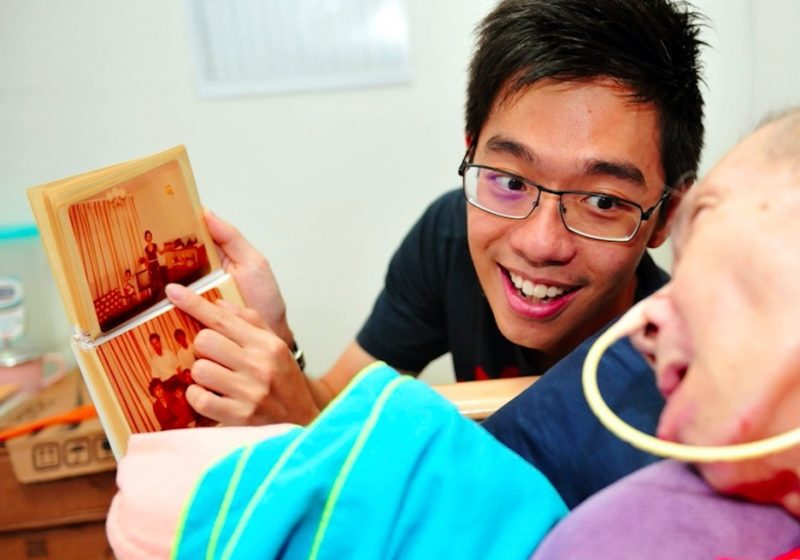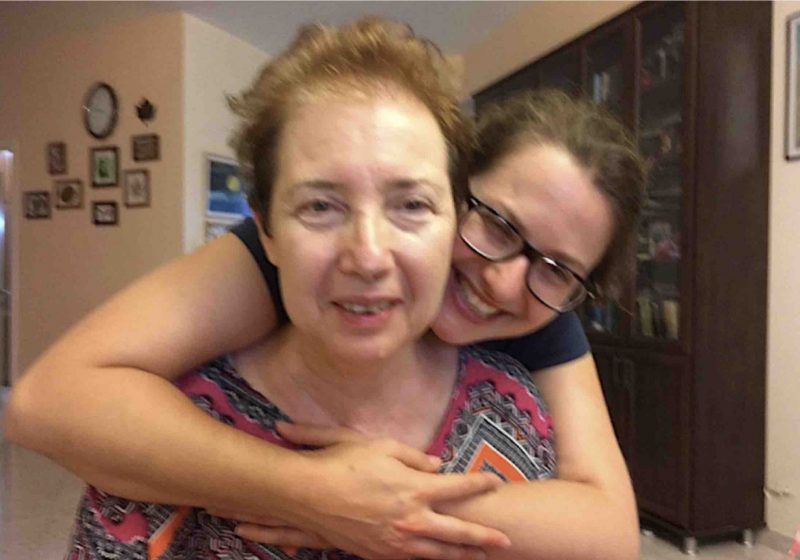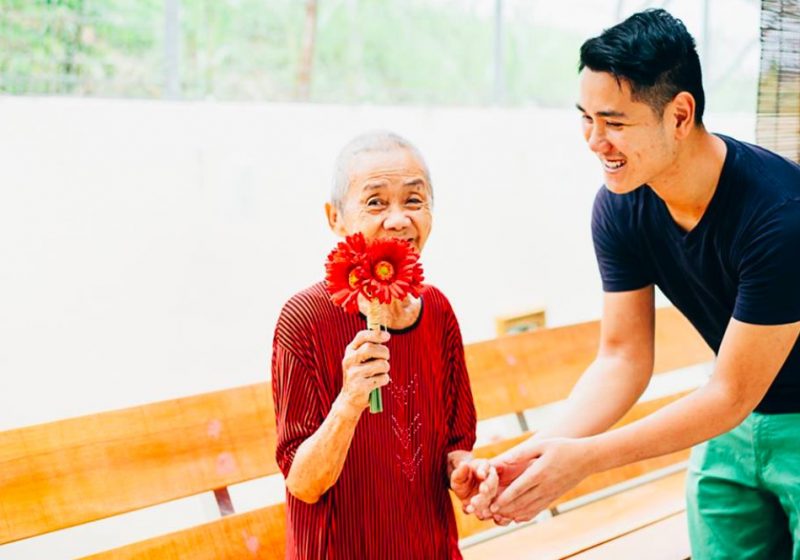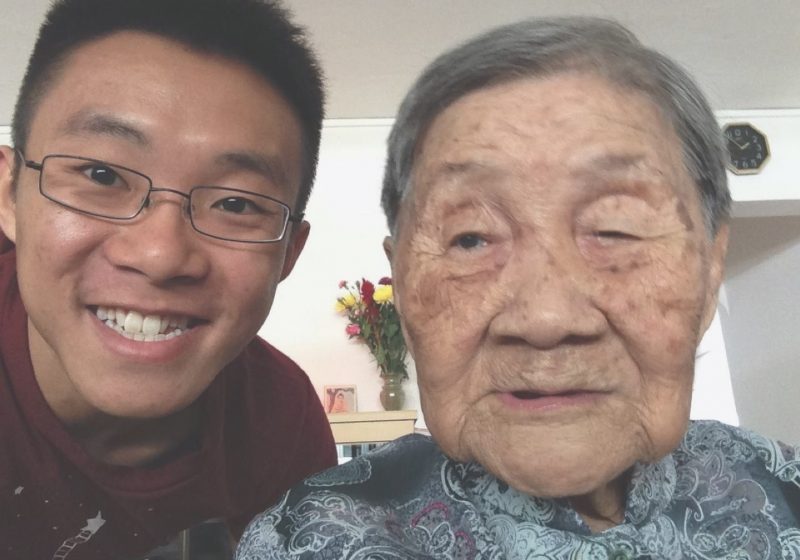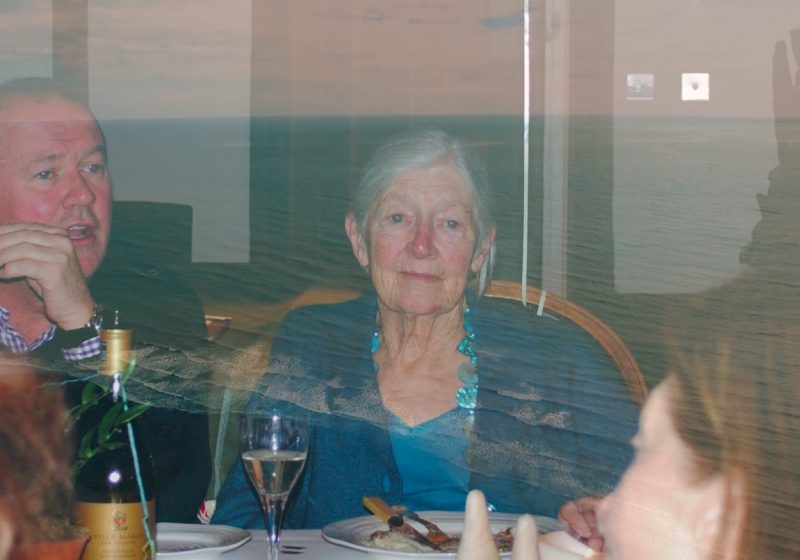Caring for yourself is one of the often overlooked tasks you can do as a caregiver because when your needs are taken care of, the person receiving care will benefit too.
By Cheryl Bok

While the world has moved on from the pandemic, many of us still find ourselves confronted with major upheavals in the present. Caregivers are still facing unparalleled levels of stress and responsibilities in light of COVID-19 and the after effects. As caregivers go through numerous unique challenges such as financial struggles, lack of post-diagnosis support and possible unemployment setbacks – one struggle remains universal: mental health.
Caregivers mostly find themselves physically and emotionally burned out while caring for those around them, and tending to their own mental health and well-being needs becomes less of a priority. Caring for a loved one is a task close to one’s heart, and as a caregiver, you may feel the need to put down your own needs and desires in order to meet the challenges of providing care to someone with dementia.
Caring for your well-being is a priority
Scientific research has shown that the stresses of caring for a person living with dementia or other health conditions can lead to poor health outcomes for caregivers. They suffer from depression and anxiety, and may neglect treatment of their own health conditions or poor well-being.
It is important to recognize that self-care can feel directionless if you aren’t sure which areas of your well-being need nurturing. A simple tool you can use to determine which areas of your well-being you may want to work on is to use the wheel of well-being approach. The World Health Organisation defines mental health as a state of well-being in which every individual realizes their own potential. Hence, wellness is not just good health, it is to thrive and function well in all aspects of our lives.
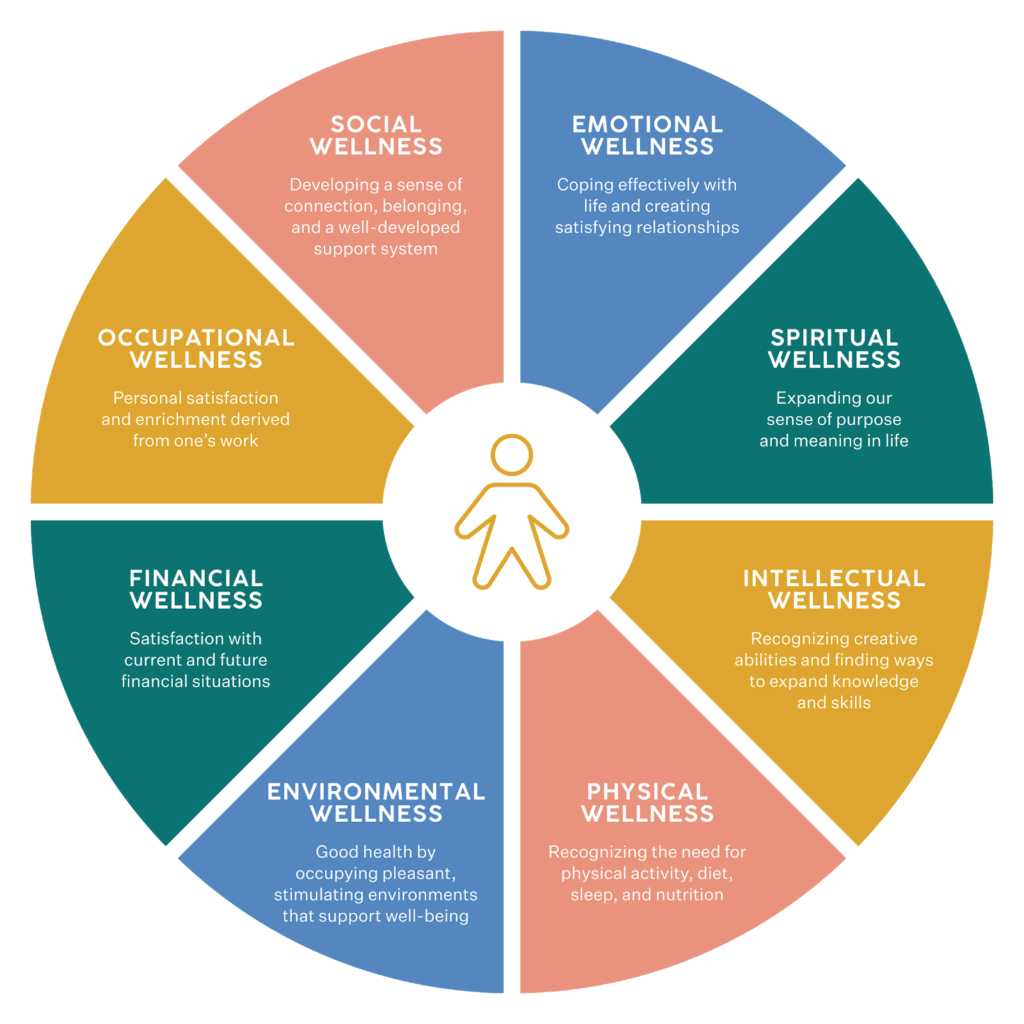
*Adapted from Headspace Wellness Wheel
The wheel of well-being offers a holistic way to consider which area of self-care you want to focus on in this season. Over time you can build a simple routine that allows you to naturally tune into your needs and shape your days in a way that replenishes and sustains you.
Caring for yourself is one of the often overlooked tasks you can do as a caregiver because when your needs are taken care of, the person receiving care will benefit too.
You cannot pour from an empty cup
Most of us try to be kind to others, especially the ones we are caring for but not ourselves. In fact, sometimes we say critical and hurtful things to ourselves. We tend to judge ourselves more intensely than we do with anyone else.
Self-compassion is more than just stopping self-criticism, it is opening our hearts to ourselves, showing compassion to our own pain and suffering just as we would with a friend or family member.
The first step is to be conscious that managing your well-being is an act of self-compassion for yourself. Self-compassion is more than just stopping self-criticism, it is opening our hearts to ourselves, showing compassion to our own pain and suffering just as we would with a friend or family member.
Many may have advised you to ‘take a break’, ‘have some respite’, or ‘go for a short-term vacation’; all these may feel like great solutions but the reality is that you may be in this role for a while and these do not meet your well-being needs any longer. So, it is crucial that you establish small, consistent, mindful practices that can keep you feeling calm, compassionate and at ease every day.
Learn how to be present with what is
Setting boundaries and creating time for yourself is absolutely essential. To create more peace in your life as a caregiver is to take a step back, pause and observe the present moment. Observe how you are making choices about your time and energy.
Be curious and ask what areas of your life have you taken on an excessive amount of responsibility? Acknowledge the impact of giving care to your loved one has on your inner emotions and what is keeping you from putting yourself first?

The process of checking in and observing is the practice of being present. It is termed as the practice of mindfulness as John Kabat-Zinn defines it as “the awareness that emerges through paying attention, on purpose, in the present moment, and non-judgmentally to the unfolding experience moment by moment”. It is the intention of taking a step back and witnessing what may be going on internally as you experience something.
Caregivers, due to the role that they are in, they move away from that mindful state and go on autopilot, which keeps the nervous system running non-stop. The burden on your nervous system may overtime cause burnout, or develop more serious mental or chronic illnesses.
If you are not a fan of meditation or practicing mindfulness, try using loving kindness phrases and positive affirmations to practice saying to yourself what you need to hear. You can imagine them as mini moments of encouragement, use phrases such as “May I feel loved. May I feel joy. May I feel peace in this moment.” These are simple affirmations you can make while either whispering or internally say this to yourself.
Clarity is kind
Another way to practice compassion, in a practical and logical way, is to communicate constructively. As a caregiver, communicating in ways that are clear, assertive, yet constructive and compassionately will help you be heart and get the help and support you need. Here are some ways to communicate:
Showing empathy and compassion is a fundamental need to create a supportive environment that is safe and nurturing for both the caregiver and person receiving care.
- Active listening is foundational in caregiving. By truly hearing and understanding the person you are caring for, you will be able to understand their needs, preferences and concerns better.
- Believe in the power of feedback in caregiving. Understanding another person’s perspective is a great way to improve caregiving rapport and enhance the overall care experience. It is vital that when offering feedback, the intention is focused on the situation and not directed at the caregiver. It is also important to be specific, objective and compassionate when sharing feedback. This will help build a collaborative and supporting caregiving relationship over time.
- Showing empathy and compassion is a fundamental need to create a supportive environment that is safe and nurturing for both the caregiver and person receiving care. The ability to be sensitive to needs, non-verbal cues and emotions will help convey warmth and understanding, sometimes even without the use of words. This will greatly improve your emotional well-being as a caregiver and overall enhances the care experience.
Take one small step at a time
While it may be difficult to practice these tips immediately in your life, take one small step as you allow more compassion into your life.
Remember that it is not selfish to focus on your own needs and desires as a caregiver as it is an important component of the role. You are responsible for your own mental health and well-being. There is no perfect way and only you know what is right for you. Make space to breathe, extend compassion and take note of what’s present and then you are well on your way.


